Time for change? How the watch industry can better cater to their growing female customers
Industry experts and collectors weigh in on what can be done.

From top left: Emilyn Lee, Deborah Wong, Stephanie Soh, Shum Sumei and Chu Peishan.

This audio is generated by an AI tool.
Wristwatches were originally created for women in 1810 when Breguet designed a watch for Queen Caroline Murat, the Queen of Naples. Initially luxury items for aristocratic women, they were worn as jewellery and accessories. Pocket watches – then largely the preserve of men – were creatively adapted into wearable timepieces as women attached them to bracelets, necklaces, and brooches.
Eventually more manufacturers began designing specific wristwatches for female consumers, but they were to remain a feminine accessory until the early 20th century, when men finally took a shine to them. Now, in the 2020s, the watchmaking industry faces a different challenge: Accusations of being out of touch with female consumers.
This issue came to the forefront following a 2024 consumer study on the Swiss watch industry, conducted by consulting firm Deloitte in collaboration with Swiss-based nonprofit Watch Femme. Watch Femme, co-founded by Singaporean Suzanne Wong, editor-at-large of WorldTempus, advocates for women’s voices in the watchmaking world. Wong also serves on various watch industry councils.
The Deloitte Swiss Watch Industry Insights 2024: Spotlight on the female market surveyed more than 6,000 consumers and watch industry professionals across 17 global markets, including Singapore. Strikingly, 85 per cent of respondents felt that watches featured in women’s watch advertisements did not reflect reality – either because they were not watches women actually wore or simply not what they wanted to wear.
More concerning was that 80 per cent of respondents reported that women were treated differently from men – often poorly – when shopping in watch boutiques.
The study also raised thought-provoking questions like why are luxury watches still considered a masculine preserve, when women are the primary consumers of best-selling models like the Cartier Tank, Patek Philippe Twenty~4 and Rolex Datejust (31mm and 36mm sizes)?
Clearly, the findings are a wake-up call for an industry that has some soul-searching to do.
THE NEED FOR REPRESENTATION
Wong says that it was “not just important, but essential” for watch brands to incorporate female perspectives into their marketing strategies. “Representation is key. If a female consumer doesn’t see herself represented or addressed in a brand’s messaging, then what’s the attraction for her?” she quipped.

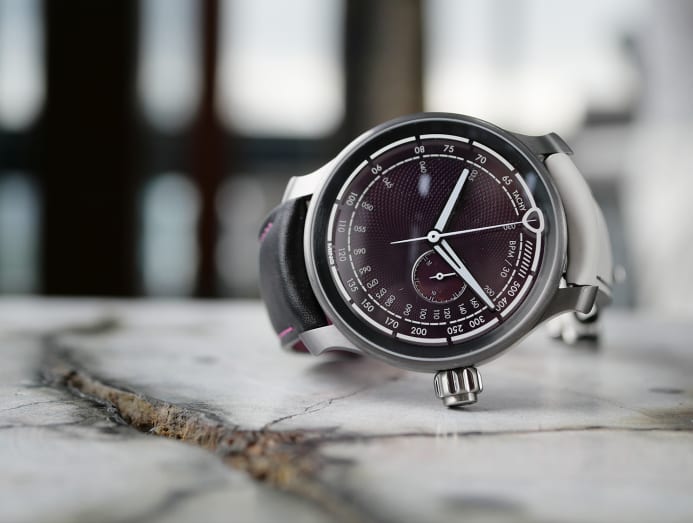
More women are buying watches for themselves thanks to rising disposable incomes and increasing horological knowledge, but they remain underrepresented in the professional sphere, such as in key leadership roles. They are also inadequately targeted in the consumer sphere. “It really doesn’t make sense to me that watch brands don’t interest themselves more in their female consumers,” said Wong.
To gauge the sentiment in Singapore, we reached out to five female collectors. Lawyer-turned-yoga instructor Shum Sumei, who owns around 50 watches, notes a positive shift. “I think the watch industry is starting to appreciate the female collectors’ sense of taste, style and knowledge. And that we also have the capacity to purchase watches in all price ranges.”
Shum has observed a subtle yet noticeable increase in female collectors being invited to watch events and dinners – not merely as guests accompanying their male partners, but as enthusiasts in their own right.
THE ADVERTISING DISCONNECT
Since advertising typically mirrors what brands believe their customers desire, the fact that 85 per cent of the study’s respondents felt a disconnect suggests that watch brands may not be aligning their offerings with the preferences of female consumers.
In contrast, men’s watch advertising received a markedly different response, with 75 per cent of respondents believing the watches promoted were well-matched to real-life purchases.
A common grievance is the emphasis on jewellery-like features, such as gem-set designs, in women’s watch advertising. This approach alienates women who appreciate the intricacies of mechanical watchmaking.
“As I’m not really into pearls and diamonds, the marketing of ladies’ watches doesn’t often appeal to me, although those with technical complications do,” shared Emilyn Lee, a senior client services director and avid collector of over 50 watches.
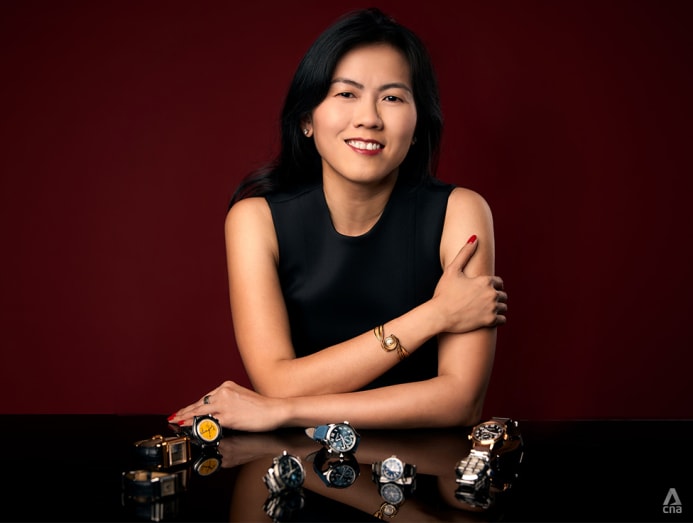
Chu Peishan, a homemaker with a collection of 15 watches, feels that watch ads tend to veer either towards a playful and sporty persona or, on the opposite spectrum, a sophisticated and glamorous character. “I’d like to see a more modern, powerful woman portrayed. Someone who enjoys sports cars, a high-flying career, or even extreme sports,” she said.
Chu adds that the bias towards the men’s market is palpable, especially when it comes to new offerings. “I think this has made me a lot less excited to ‘see’ what’s new with women’s watches. I prefer to keep abreast with men’s watches and look forward to seeing some of them on my husband’s wrist instead.”
UNSATISFACTORY IN-STORE EXPERIENCES
Beyond marketing, the study revealed that women frequently feel overlooked or dismissed in watch retail outlets. Many shared experiences of boutique assistants addressing their male partners instead of them. Women shopping alone also reported being treated differently compared to when accompanied by a man.
“Unless you’re familiar with the boutique staff, they tend to ‘dismiss’ female shoppers when we walk in,” bemoaned Shum. “We are assumed to be just ‘window-shopping’ and usually steered towards quartz watches or jewellery watches. I would like to be treated equally. It’s the same in all industries dominated by men. Women tend to get the short end of the stick and dismissed as inconsequential or the ‘accompaniment’.”
Wong, whose collection numbers in the “double digits”, shares the same sentiment, highlighting similar experiences in secondary market retailers. Her longtime friend and co-founder of Tick Tock Belles, Stephanie Soh, said: “A member of our female watch community felt that she was ‘mansplained’ to about the complications of the watch. The salesperson assumed that as a woman, she didn’t understand them.”
Sales staff often misjudge what appeals to female customers, she added. She feels that there is a misalignment with what the sales staff believe are the watches’ unique selling points, and what actually appeals to customers like her.
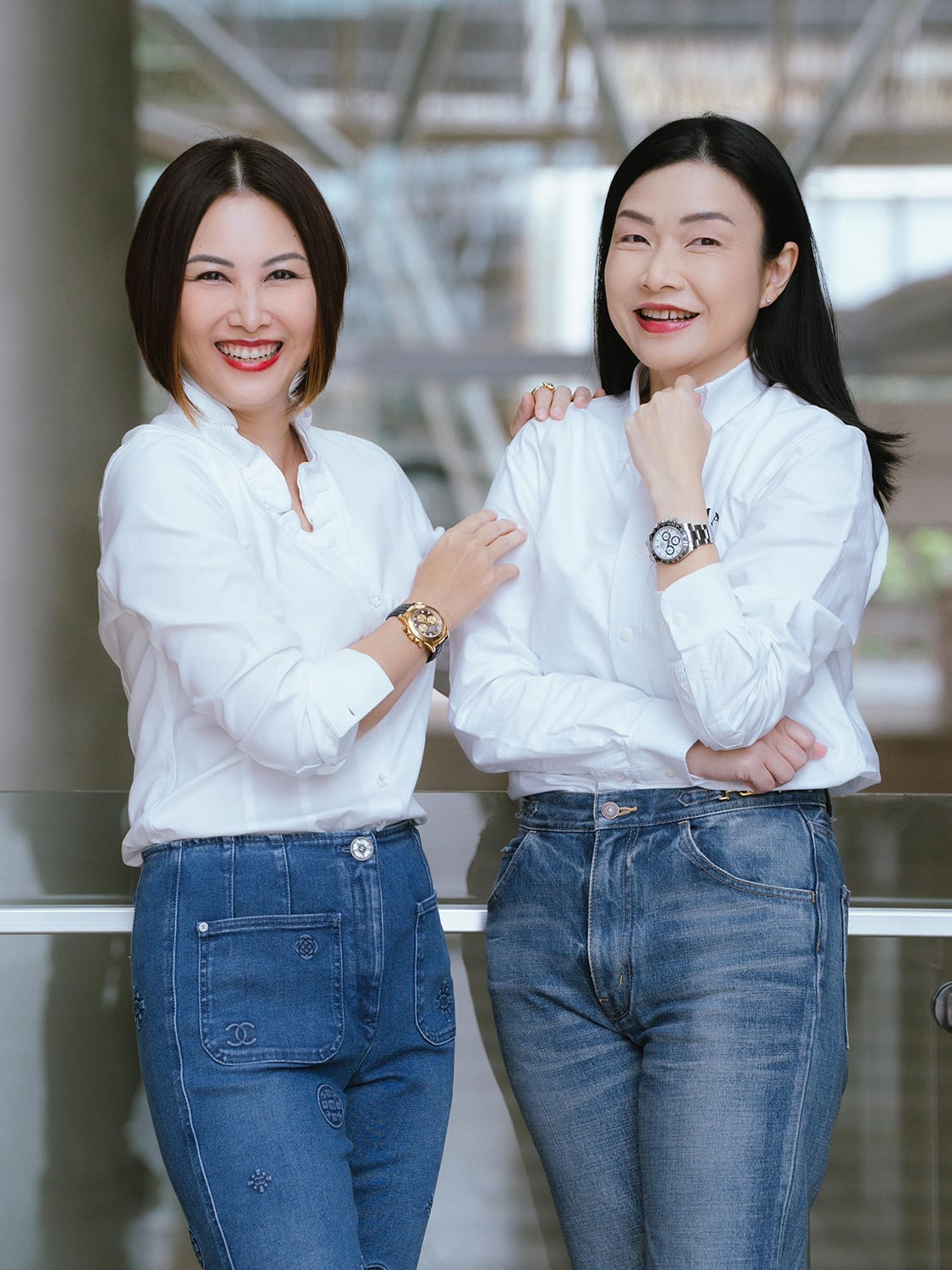
“Many of the customer service personnel in the female segment are more interested in selling the number of diamonds on the watch, or the fact that it’s the latest trend, than engaging one in how it is exceptional in both form and function, hence making it a compelling purchase,” she explained.
She also notes a concerning gap in product knowledge. “The lack of actual appreciation and technical knowledge of the timepiece shows the disinterest of the salesperson and needs to be improved. My sad observation is – while the female sales staff are often poor in technical knowledge of the women’s watches, the male staff, while well-versed in the men’s watches, are poorly equipped with knowledge of the women’s watches, as they have no interest in them.”
WHAT WOMEN REALLY WANT
While many hurdles remain for the industry to overcome, there are signs that things are changing. For example, a growing number of watch brands are doing away with categorising their watches by gender or offering models in sizes that suit all genders.
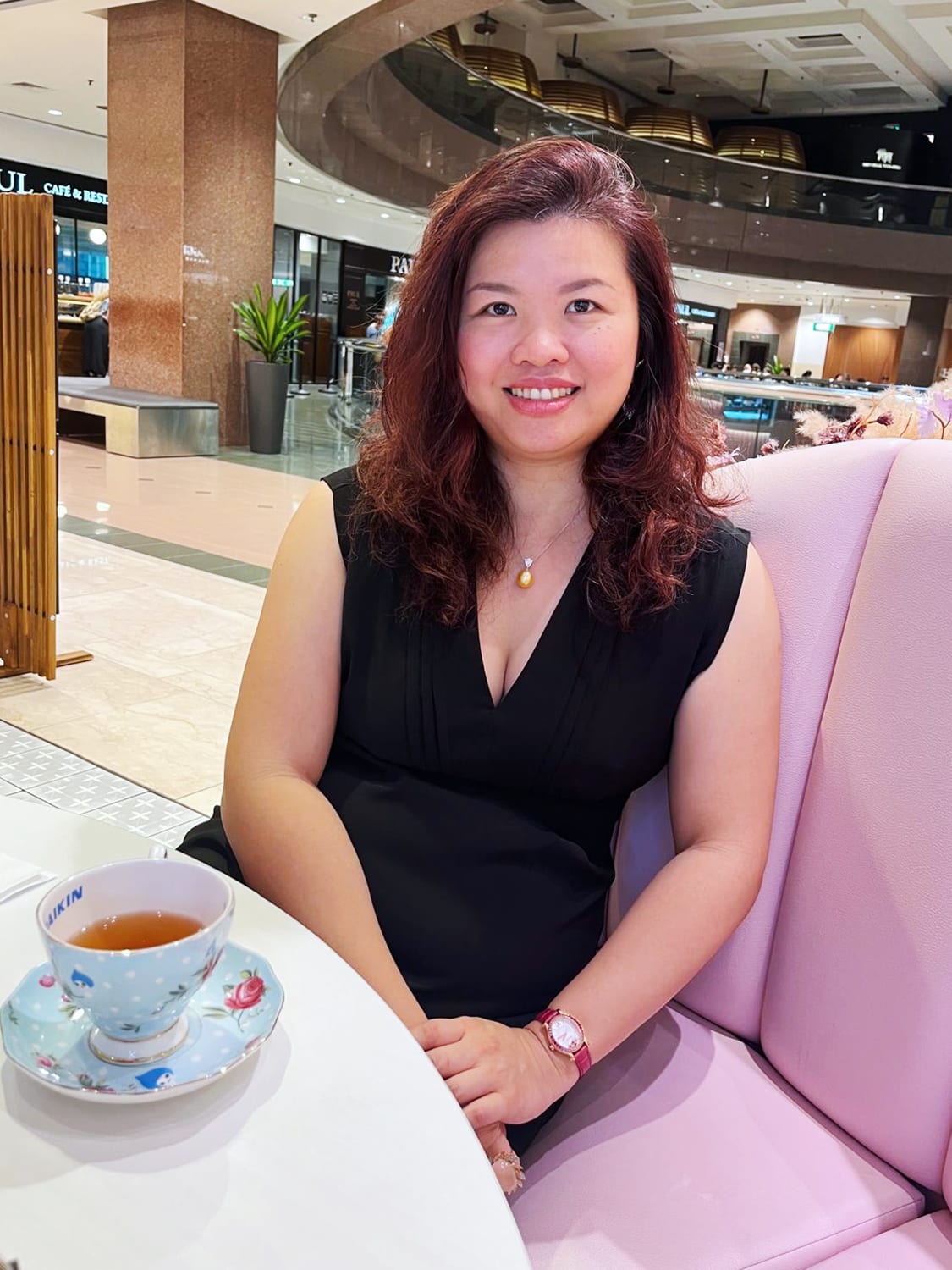
“Watches should no longer have a gender,” maintained Soh, a businesswoman and watch influencer who owns watches “in the double digits”. Watch Femme’s Wong concurs. “Let’s have some new definitions. What is a woman’s watch? It is any watch owned by a woman. That is what the apostrophe means. Let’s leave it there.”
But what else can the industry do to better align with its female customers? “They could start by being better listeners,” said Watch Femme’s Wong, adding that there is no cure-all for the dilemma. Just as there isn’t a single male consumer profile, there also isn’t a single female consumer profile. Without a doubt, the approach has to be nuanced and multi-pronged.
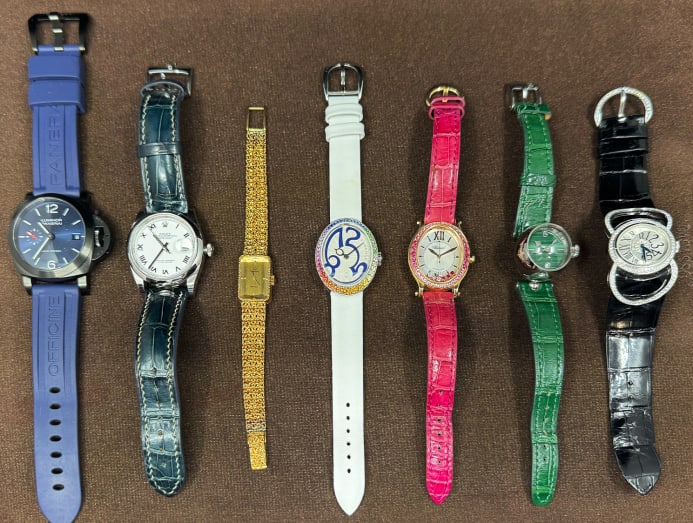
“Never underestimate a woman’s ability and capacity to purchase watches, luxury or otherwise,” asserted Shum, whose wish list includes seeing more women speaking or hosting panel discussions, being invited for manufacture/factory visits, and being consulted when brands design their watches. She also hopes that there will be more of a mix of male and female collectors when brands host events and dinners.
When it comes to retail experiences, Tick Tock Belles’ Wong believes that “being inclusive of all genders would definitely encourage more women to venture into boutiques to check out watches for themselves.” She adds that retailers should also look into hosting more female-centric marketing activities in-store.
Watch Femme is already working on initiatives to amplify the study’s findings and provide tangible solutions for brands eager to improve. “The watch industry as a whole is seeing 2025 as a belt-tightening year, so if brands want to try something new and see if they can access an incredibly powerful consumer demographic in a way they haven’t done before, we’re here for that,” Wong concluded.









